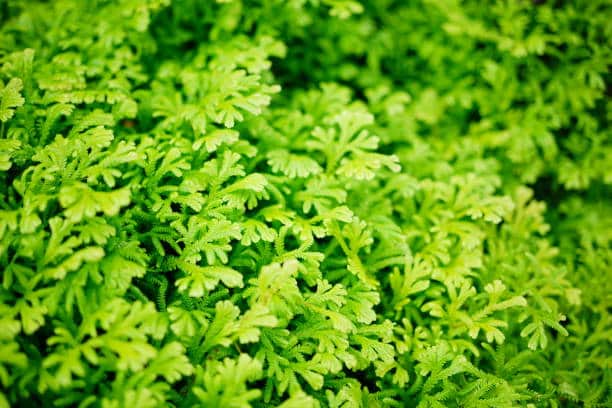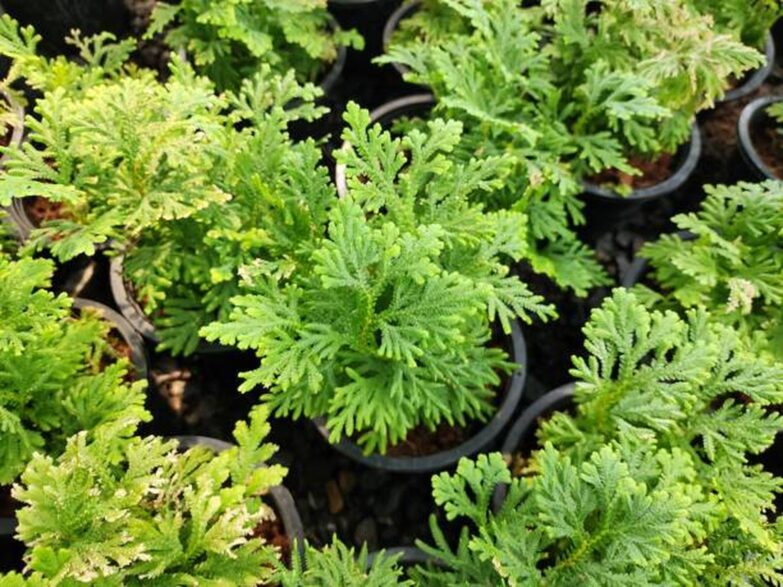Selaginella, commonly known as the spikemoss or clubmoss, is a fascinating plant species that stands out for its unique appearance and ease of care. With over 700 different varieties, this resilient fern ally can thrive in various conditions and is an excellent addition to any indoor or outdoor garden. This comprehensive guide will cover the essential aspects of Selaginella, including its origin, varieties, care tips, and potential problems to watch out for.
Origin and Distribution of Selaginella
Selaginella belongs to the ancient family Selaginellaceae and is a member of the Lycopodiopsida division. The spikemoss is a non-flowering plant that reproduces through spores and has a vast distribution across the globe. It is commonly found in tropical and subtropical regions, including Central and South America, Africa, Asia, and the Pacific Islands. However, some species can also thrive in temperate climates, making it a versatile addition to a wide range of gardens.
Notable Selaginella Varieties
With over 700 species, Selaginella boasts a diverse array of appearances and growth habits. Some popular varieties that are perfect for home gardens include:
- Selaginella kraussiana: Also known as the “krauss’ spikemoss,” this variety has a vibrant green color and dense, mat-forming growth habit. It is an excellent choice for ground cover or as a filler in container gardens.
- Selaginella martensii: Commonly referred to as “martens’ spikemoss,” this species features delicate, arching stems adorned with tiny leaves. It is a popular choice for hanging baskets or terrariums due to its trailing growth habit.
- Selaginella uncinata: The “peacock spikemoss” is known for its striking blue-green iridescent foliage that resembles the vibrant feathers of a peacock. This slow-growing variety is perfect for terrariums and small gardens.
- Selaginella lepidophylla: This fascinating species, also known as the “resurrection plant” or “rose of Jericho,” can survive extended periods of drought by curling into a ball and appearing lifeless. However, when exposed to water, it quickly “resurrects” and unfolds its leaves, turning green and lush once more.
Selaginella Care Tips
While the specific care requirements of Selaginella may vary depending on the species, the following general guidelines can help ensure the healthy growth of these captivating plants:
Light
Selaginella thrives in bright, indirect light. It can tolerate some direct sunlight, but prolonged exposure to intense sunlight may scorch the foliage. In indoor settings, place your spikemoss near a window with filtered light or under fluorescent grow lights.
Water
As a tropical plant, Selaginella prefers consistently moist soil. However, it is crucial not to overwater the plant, as this can lead to root rot. Allow the top layer of soil to dry slightly between waterings, then water thoroughly until the excess drains from the bottom of the container. A well-draining potting mix is essential to prevent waterlogged soil.
Humidity
High humidity is vital for the healthy growth of most Selaginella species. Maintain a humidity level of at least 50% around the plant, either by placing it on a tray filled with water and pebbles, misting the foliage regularly, or using a humidifier.
Temperature
Selaginella prefers warm temperatures, typically between 60°F and 85°F (15°C – 29°C). Ensure that the plant is not exposed to drafts or sudden temperature fluctuations, which can cause stress.
Soil
A well-draining, peat-based potting mix is ideal for Selaginella. You can create your own mix by combining two parts peat moss or coir, one part perlite or sand, and one part compost or leaf mold. This blend ensures good aeration and nutrient content while retaining sufficient moisture.
Fertilizer
Feed your Selaginella lightly during the growing season (spring and summer) with a balanced, water-soluble fertilizer diluted to half strength. Avoid over-fertilizing as this can lead to a build-up of salts that can damage the roots.
Potential Problems and Solutions

Browning or Wilting Leaves
If the leaves of your Selaginella turn brown or wilt, it could be due to low humidity or insufficient watering. Increase the humidity around the plant and ensure the soil remains consistently moist.
Yellowing Leaves
Yellowing leaves often indicate overwatering or poor drainage. Check that the plant’s pot has adequate drainage holes and the soil is not waterlogged. Reduce watering if necessary.
Pest Infestations
Like many houseplants, Selaginella can attract pests like spider mites and mealybugs. Check the plant regularly for signs of infestation. If pests are present, treat the plant with insecticidal soap or neem oil.
Propagation of Selaginella
Selaginella is easily propagated by division or stem cuttings. To propagate by division, gently separate a portion of the plant, ensuring it has roots attached, and plant it in a new container. For stem cuttings, cut a healthy stem section, plant it in moist potting mix, and keep it in a warm, humid environment until it develops roots.
Conclusion
With its unique appearance and easy-care nature, Selaginella is a worthy addition to any plant collection. By understanding its needs and providing the right conditions, you can enjoy the lush, vibrant beauty of this fascinating plant in your garden or indoor space. Whether you’re a seasoned plant enthusiast or a novice gardener, cultivating Selaginella offers a rewarding and enriching gardening experience.

